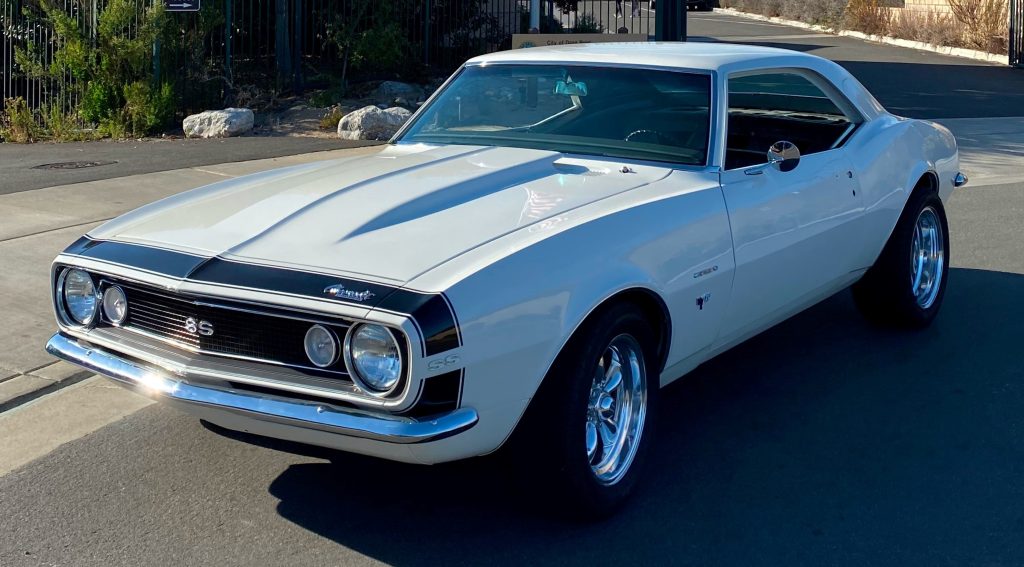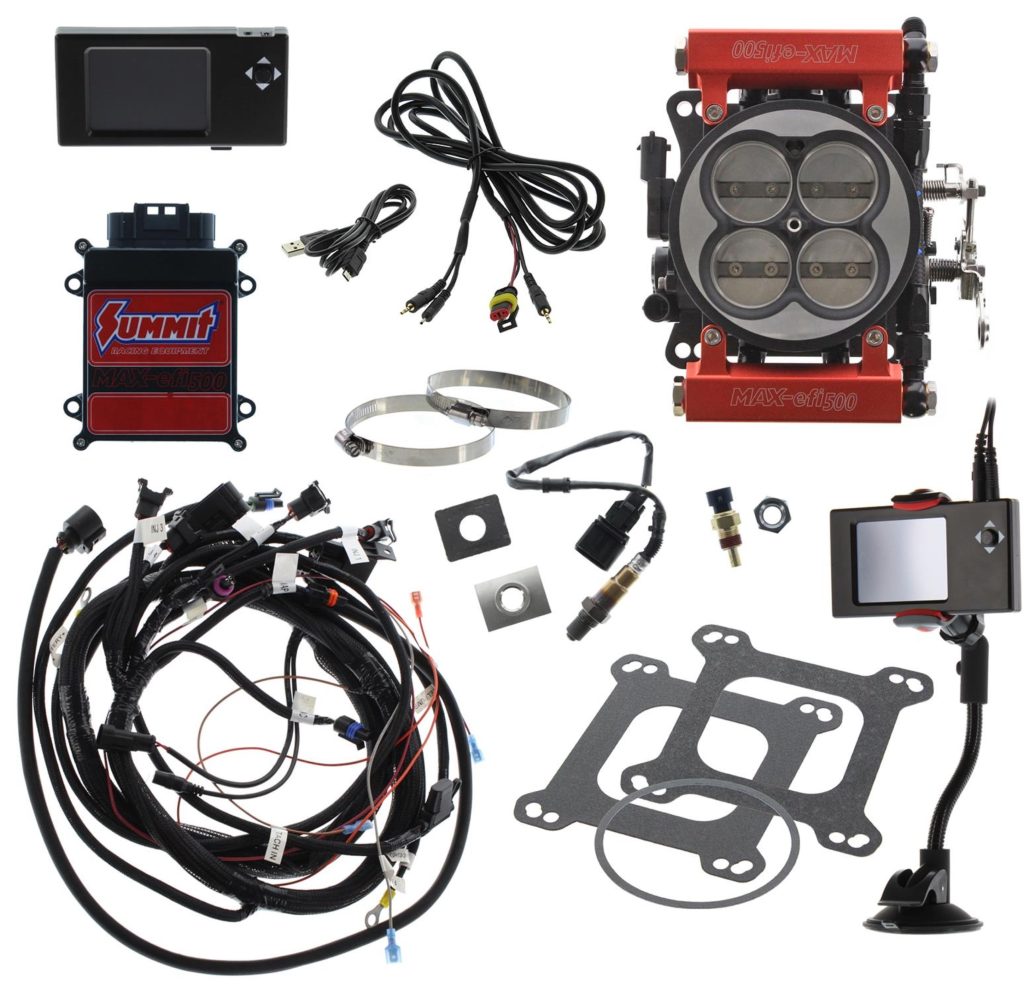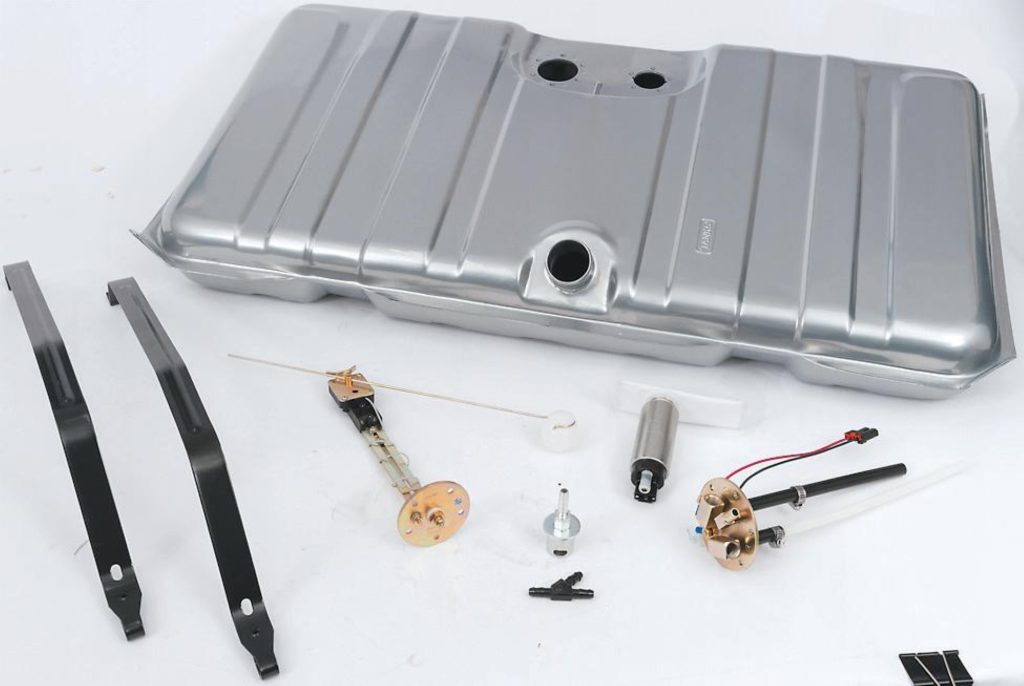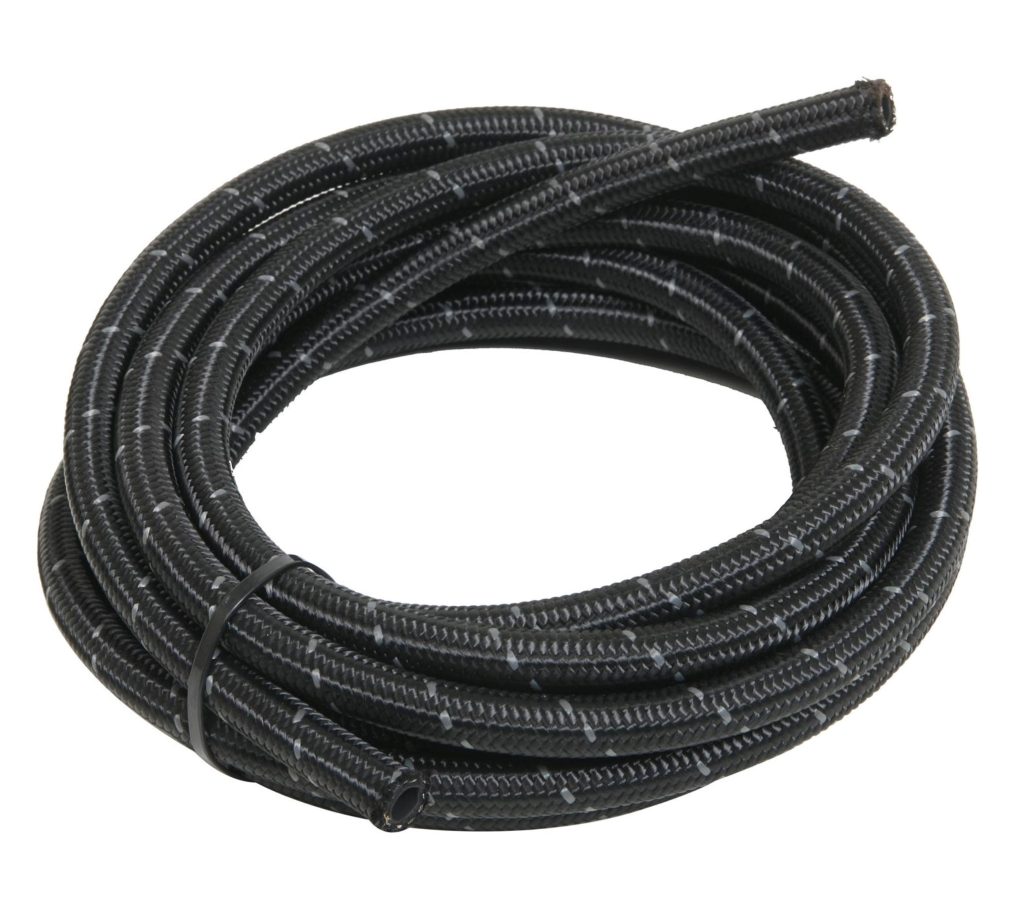The folks at Summit Racing have worked with Ryan Lavacot of 2CarPros on several projects—a 5.7L GM LS, a 302 CID small block Ford, and an LS swap in a 1955 Chevy Bel Air.
Ryan is anything if not thorough, and covers each of these projects in a step-by-step, soup-to-nuts fashion so anyone that can turn a wrench can duplicate the builds.
The videos are worth a watch.

Ryan’s latest project was dragging his 1968 Chevy Camaro into the modern age with a Summit Racing™ MAX-efi 500 fuel injection system. The Camaro has a 468 cubic inch big block Chevy under the hood backed by an FTI Performance Level 3 TH-700R4 transmission. The engine has these upgrades:
- 0.030 inch overbore, re-machined stock crankshaft, stock connecting rods with SRP dome pistons
- Flat tappet camshaft rated at 232°/244° duration @ .050 and 535″/.535″ gross valve lift
- Edelbrock Performer RPM heads with 1.7 ratio Scorpion roller rockers
- Edelbrock Performer RPM intake manifold
- Holley 4150 Aluminum Street HP 750 CFM carburetor
You can follow both the 468 engine build and the Camaro project on the 2CarPros YouTube channel.

Back to the EFI deal. Ryan had hard start and bogging issues with the big block. He even had the carburetor set up by a professional tuner, but to no avail. Rather than tinker with the carburetor any further, Ryan got the MAX-efi 500 system. He used one on his small block Ford build and was thrilled with the performance, so the choice was easy.
This 2CarPros MAX-efi 500 system installation video covers all aspects of the process :
- Holley Sniper EFI conversion fuel tank installation
- Fuel system plumbing
- Adapting throttle cable and transmission TV cable to the EFI system
- The proper method of installing the O2 sensor
- System setup and tuning
How did things work out for Ryan?
Splendidly—no more hard starts, no bogging, and much improved throttle response. His rear end dyno noticed more power, too. If that sounds like a great deal to you, a Summit Racing MAX-efi 500 fuel injection system should be on your vehicle’s to-do list.
2CarPros Camaro with Summit Racing MAX-efi 500 Fuel Injection Parts List
- Summit Racing™ MAX-efi 500 Fuel Injection System
- Summit Racing™ Universal LS Fuel Filter-Regulator
- Summit Racing™ Hose End, -6AN to -6AN straight (6 used)
- Summit Racing™ Adapter Fitting, -6AN to 1/4-inch NPT (2 used)
- Summit Racing™ Premium Nylon Hose, -6AN
- Summit Racing™ Fuel Pump Block-Off Plate
- Holley Sniper EFI Conversion Fuel Tank





I have a 1976 Pontiac Trans Am, 400 Automatic, I want to change to EFI what do I need? What is part I need to order?
Thanks, Eddie
Hey Eddie, there are actually some questions to ask before selecting the best kit for your ride. For example:
When you’re converting from a carburetor with a mechanical fuel pump, then you’ll need to step up to an electronic fuel pump to supply the right pressure.
Then, would you prefer an external or in-tank fuel pump? After that, do you plan on running electronic ignition control, etc.
The good news is, it looks like you’ve got a pretty straightforward setup and you can work through all of that with the Summit Racing tech support folks. Contact them here and mention this article on 2CarPros to get the conversation started.
Good luck with your project–sounds like a cool TA!